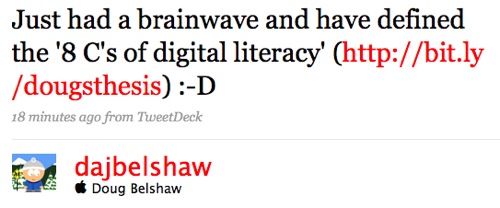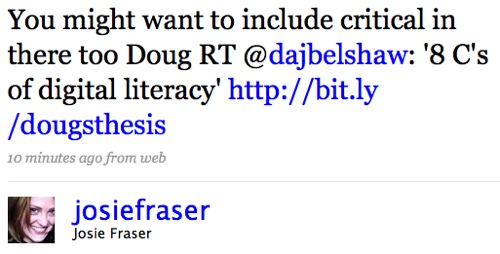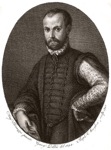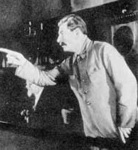Has WordPress-powered P2 left me ‘more organized and productive’?
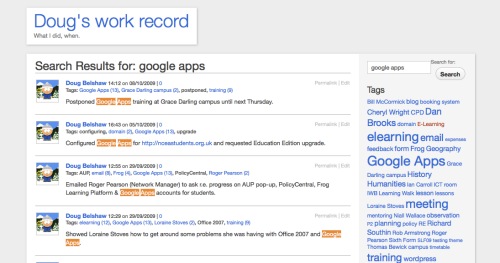
Last month I wrote a post entitled How WordPress-powered P2 is (hopefully) going to leave me more organized and productive. If you haven’t read that yet, you probably should do now so that you understand what follows… :-p
There’s several reasons for my wanting to keep a record of the stuff that I do in my role as Director of E-Learning. These include:
- Performance Management
- An aide-memoir when dealing with other people
- Interest – how much of my time do I spend on various activities?
Does it work?
If you’ve got this far into a second post on the subject, the question you’re probably asking is probably something like Does it work? or Is it useful? The answer to both of those questions is YES!
What’s harder to answer is whether it’s left me more organized and productive. After all, entering even a one-liner (and adding tags) takes time. When you’re flat-out busy (like I am most days at the Academy!) that could be seen as a bit of a waste of time.
So I suppose the best way to answer questions relating to organization and productivity are to take the politician’s approach and not really answer them. Instead, I’ll tell you what I’ve used the WordPress + P2 system for. So far, it’s been for three things:
- Checking when I emailed someone and tasked them with a particular activity.
- Counting how many of a particular meeting I’ve been to.
- Seeing which individuals I interact with most often (the tag cloud is very useful for this!)
I can’t help but think that this system would go from good to great if it were being used by more than one person. For example, ICT technicians could use it to keep a record of what’s going on, cropping up, and taking their time. This could be viewed by their line manager, who could make comments. And as with my personal work record, it could be password-protected yet internet-based for secure yet easy access! 🙂
P2 is available as a pre-installed theme at WordPress.com. A standalone version for self-hosted WordPress-powered blogs can be downloaded at p2theme.com.
So why not give it a go? It’s free! 😀


